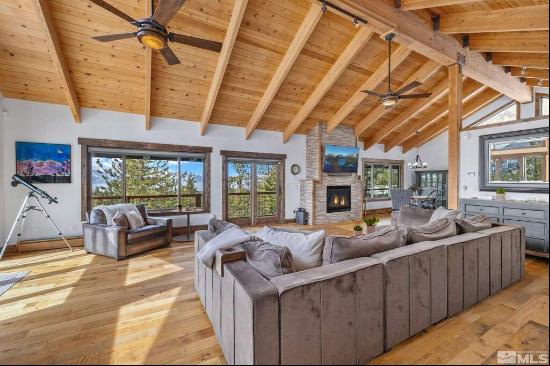
By Róisín Lanigan
“Honey, I’m home! Oh, I forgot. I’m not married.”
This is how Selina Kyle, an overworked, underpaid secretary, played by Michelle Pfeiffer in Tim Burton’s 1992 cult classic, Batman Returns, comes back to her little flat in Gotham City after yet another long day at the office. She’s single, under-appreciated by the amoral bankers she works with, and bereft of a social life: her answerphone messages are only from her judgmental mother, emotionally unavailable men breaking up with her (pre-dating apps), ads for perfume (pre-advertising algorithms) or herself, reminding herself to go back to the office (she talks to herself a lot).
Yet her apartment — marshmallow pink, littered with teddy bears, tacky and uber feminine — shows us that Selina yearns to be open to the world, rather than lonely and gloomy. A large neon sign on the wall opposite the window reads “HELLO THERE”, an invitation to the guests that she — presumably — never gets the chance to host.
The apartment is meant to read as sad, pathetic and spinster-y. She pulls her bed down from the wall! She has soft toys on her couch! She has a cat! But this might have been clearer in 1992, when the film was released. In 2023, it's hard not to view Selina’s bubblegum-hued pad as anything other than aspirational. She may pull her bed down from the wall but at least she can afford to live alone.

I grew up in the 2000s and Selina’s lifestyle, living by herself in her apartment in a fictionalised version of New York City, was what I aspired to and, in a very millennial way, presumed I would have one day. This future imaginary apartment was in a typical Manhattan brownstone. It didn’t matter that I was in Belfast at the time. I dreamt of a space where I could put my books and trinkets and funny light installations, where I could come home after my high powered job in the city — a job where everyone was kind of evil but I could kind of ignore it — and live in my flat, which would be as girly as I liked. There would be a four-poster canopy bed and a striped chaise longue on which I’d artfully drape blankets — I would place it under my sash windows and curl up there to read my many leather bound books. Or else I would lounge in my claw-foot tub, in my pink bathroom, and smoke and read, in the style of Margot Tenenbaum from Wes Anderson’s 2001 movie, The Royal Tenenbaums.
I still dream of a space like that. I have never lived alone: I have lived with flatmates and boyfriends and even — horror of a Tim Burton-esque degree — ex-boyfriends and strangers and colleagues and friends, but never alone. Selina might have resented greeting nobody at her front door after a long day at work, but a generation on, the joy of greeting nobody after a long day at work is what many of us aspire to.

Later, when Selina transforms from snivelling receptionist to latex-clad feline anti-hero Catwoman, she destroys her apartment’s interior. As she becomes less pathetic, so too do her surroundings. A couple of letters go out on her once welcoming neon sign so that it reads “HELL HERE”; a warning instead of a greeting. When she repeats her gag; “Honey I’m home. Oh wait, I forgot. I’m not married”, shortly before pushing her teddy bears into the garbage disposal and shredding her curtains, it no longer reads like a joke at her own expense. Now we’re supposed to be laughing with her.
Selina’s apartment is as much a rejection of weak, spinster-coded femininity as it is a confirmation of the stereotype, but either way, it is somewhere I'd love to live; somewhere you could make beautiful and girly and then change everything when you grow tired of it. It is a bright pink marshmallow dream, where you could lose yourself to unadulterated female rage without the caveat of having to apologise to a landlord the next day. What else could be more indulgent?
Photography: Warner Bros; Getty Images





















